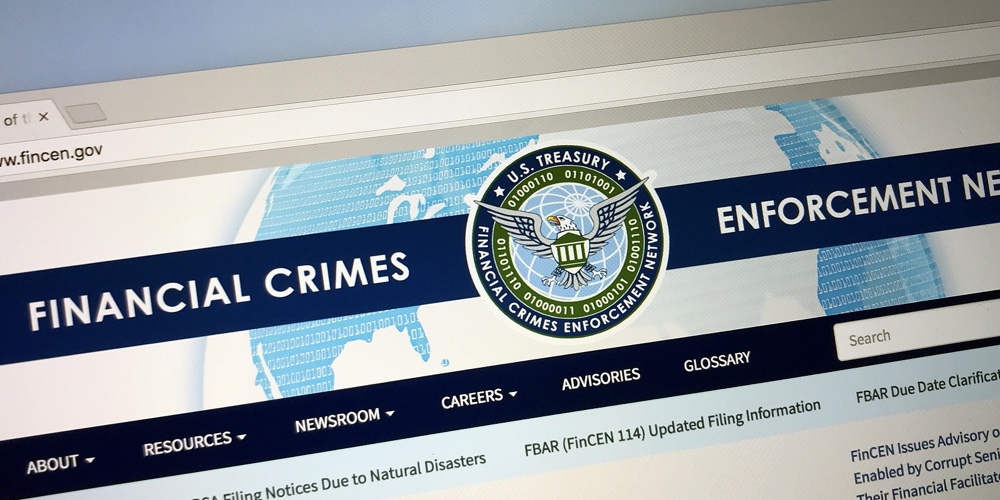FinCEN adopts the first of three CTA rules

Greetings, Compliance folks!
Fall is in full swing – I recently took a trip to upstate New York for a family function and was delighted to see the gorgeous fall foliage in the mountains. We also took a family trip to an apple orchard and did some apple picking, which my son and daughter both enjoyed immensely. In the spirit of Fall, grab a warm mug of cider or a pumpkin-flavored latte and settle in – we’re going to look at FinCEN’s most recent regulation!
Summer of 2022 was a relatively quiet period for FinCEN – the agency did not issue any press releases, guidance or rulemakings for about 60-days. However, at the end of September FinCEN published their final rule implementing the beneficial ownership information (BOI) reporting requirements under the Corporate Transparency Act (CTA) of 2020.
For those who need a refresher, the CTA became law on January 1, 2021 and aimed to fight criminal use of the U.S. financial system by limiting the use of shell companies or front companies by criminal enterprises. In the preamble to the new final rule, FinCEN discusses how the current corporate formation system in the U.S. generally makes it easy to create a corporation or limited liability company (LLC) while providing very little information about who owns those entities, making corporate ownership difficult for law enforcement to trace. Additionally, legal entities can be owned by other legal entities, creating a “nesting doll” of corporate ownership that further complicates efforts to discern which individuals might be behind a particular entity. Current regulations – such as 2016’s Customer Due Diligence (CDD) rule, require credit unions to obtain BOI when a legal entity becomes a member and opens an account. However, Congress and federal regulators acknowledged that requiring submission of BOI information to the government at the time a corporation or LLC is formed would be more effective at increasing transparency in the U.S. corporate system and at cutting down on the utility of shell companies.
continue reading »
